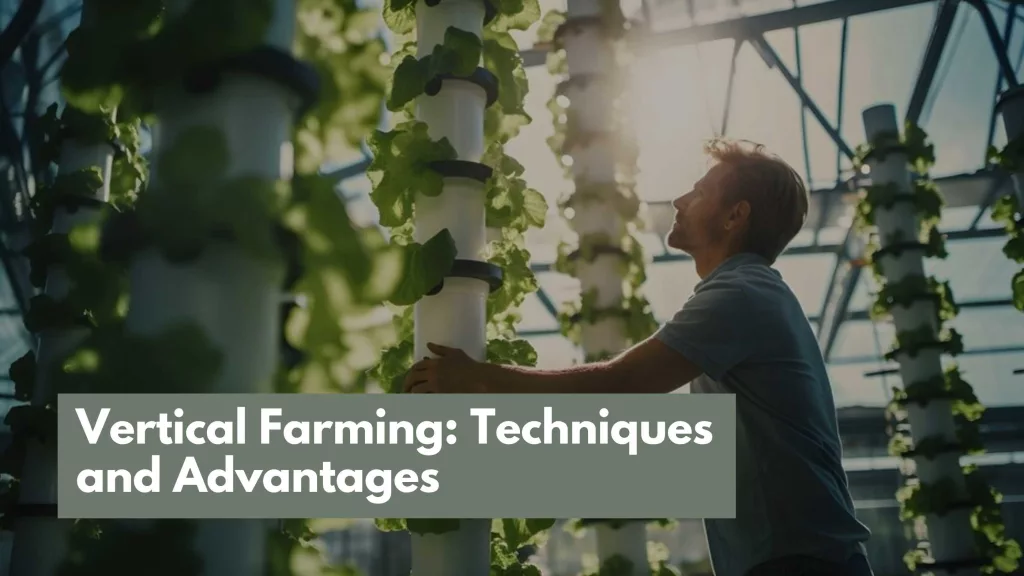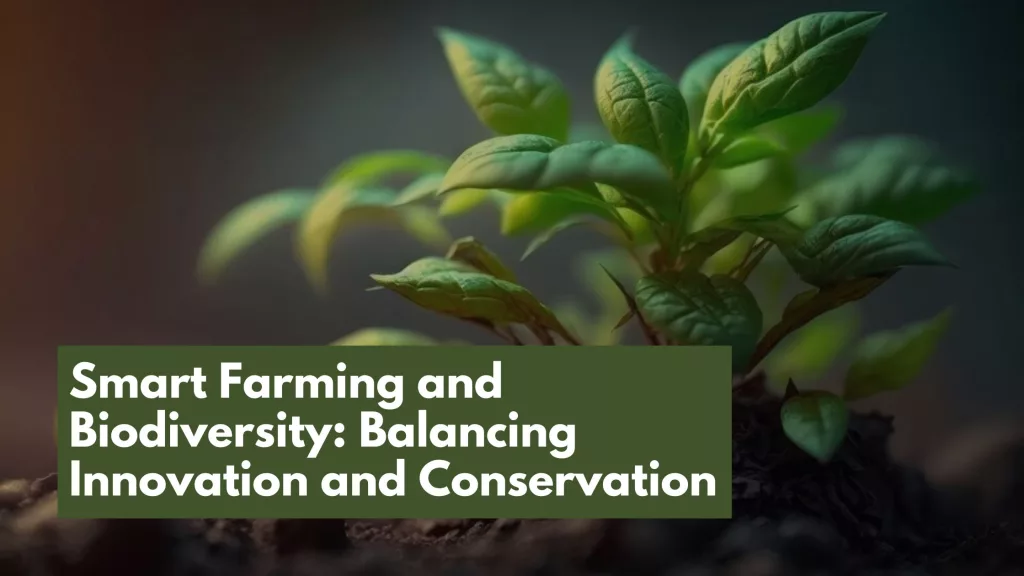Introduction – Farm management
Farming has been an integral aspect of human society for thousands of years. Simple subsistence farming has given way to sophisticated commercial enterprises essential to feeding the world’s population. The viability and sustainability of these diversified farming companies depend on effective farm management. In this thorough article, we’ll examine the many kinds of farms and dig into the management techniques essential to their success.
Understanding Farm Types-
-
Subsistence Farming
One of the oldest and most fundamental types of farming is subsistence farming. Providing for the farmer’s and their families necessities entails the production of crops and cattle. Small-scale farmers who live off their land often employ conventional agricultural techniques. Instead of producing a surplus for sale, the emphasis is on ensuring food security.
-
Commercial Farming
A business-driven approach to agriculture is commercial farming. Commercial farming’s main objective is to profit by raising crops and livestock for local, national, or international markets. These farms can be anything from modest family-run businesses to big corporations.
-
Organic farming
Sustainable and ecologically friendly practices are emphasized in organic farming. Organic farmers prioritize soil health and biodiversity above using synthetic pesticides and fertilizers. Since the demand for organic products has increased dramatically recently, the agriculture business now has a market for these items.
-
Aquaculture
In regulated habitats like ponds, tanks, or offshore cages, aquatic animals, including fish, prawns, and molluscs, are grown through aquaculture. Due to the rising worldwide demand for seafood, this agricultural industry is quickly developing.
-
Horticulture
The production of fruits, vegetables, herbs, and decorative plants is the main emphasis of horticulture. It has several subsectors, including greenhouse production, vegetable farms, and fruit orchards. Often, horticultural practices need specialized knowledge and abilities.
-
Livestock Farming
The main focus of livestock farming is the breeding, management, and care of animals to produce meat, dairy products, and fibre. Beef cattle, sheep, goats, pigs, and poultry are common livestock. This industry is vital to the worldwide food supply chain.
-
Agroforestry
Traditional agriculture and tree cultivation are combined in agroforestry. To enhance the health of the soil, offer shade, and diversify their sources of revenue, farmers use trees or shrubs in their farming operations. Agroforestry promotes sustainability and the preservation of biodiversity.
- Mixed Farming
On the same farm, crop production and animal raising are combined in mixed farming. It enables better resource management and risk control. Manure may be used to fertilize crops, while agricultural wastes can be utilized as animal feed.
Principles of Farm Management –
Knowledge, planning, and wise decision-making go hand in hand with good farm management. No matter the sort of farm, the following guidelines are essential:
-
Planning
The foundation of practical farm management is planning. The management of livestock and the creation of specific plans for planting, harvesting, and production must be done by farmers. For sustainability, long-term strategic planning is crucial.
-
Financial planning and budgeting
A farm’s capacity to make a profit depends on its ability to manage its finances. Farmers need to make well-informed financial decisions, prepare budgets detailing their revenue and spending, and monitor their cash flow. Analyzing the return on investment (ROI) for various agricultural operations is part of this.
-
Livestock and Crop Management
Appropriate breeds or varieties must be chosen, planting and breeding schedules must be optimized, pest and disease control strategies must be implemented, and crops and livestock must receive the correct nutrition and medical attention.
-
Water and Soil Management
Long-term farm production depends on maintaining healthy soil and water supplies. Effective farm management requires soil testing, fertilizer management, erosion control, and sustainable irrigation techniques.
-
Technology Integration
Modern technologies, including precision agriculture, GPS-guided machinery, and data analytics, have transformed farm management. Technology integration may increase productivity, decrease resource waste, and improve decision-making.
-
Risk Administration
Due to elements including changing weather patterns, shifting market conditions, and insect outbreaks, farming is inherently dangerous. Farmers must employ risk management techniques to reduce possible losses, including crop insurance, diversification, and emergency preparation.
-
Environmental protection and sustainability
Farmers must engage in sustainable agriculture and reduce their environmental adverse effects. This entails implementing environmentally friendly behaviours, protecting natural resources, and fostering biodiversity.
-
Sales and Marketing
For agricultural goods to be successfully sold, marketing must be effective. Farmers should choose their target markets, create marketing plans, and build reliable distribution systems. Additionally important are developing ties with consumers and being aware of market developments.
-
Compliance with laws and regulations
Agriculture-related laws and regulations must be known to and followed by local, state, and federal farmers. This covers licenses, zoning, food safety requirements, and environmental laws.
You may also read: advanced farming techniques
Farm Management Techniques Across Farm Types
Depending on their particular traits and objectives, specific farm management techniques are needed for different sorts of farms. Let’s look at how these guidelines relate to other kinds of farms:
Subsistence agriculture
- Planning: Pay special attention to growing staple crops for domestic use.
- Budgeting: Cut costs by utilizing conventional and affordable agricultural techniques.
- Crop and Livestock Management: Crop diversity and fundamental animal husbandry are top priorities.
- Soil and Water Management: Keep soil fertility high by using natural methods.
- Technology Integration: Due to resource limitations, technology is only sometimes used.
- Risk management: Diversify your crop production to lessen the effects of pests and bad weather.
- Sustainability: Place a focus on environmental impact reduction and self-sufficiency.
Commercial farming
- Planning: Create thorough company strategies and set profit-oriented targets.
- Budgeting: Keep an eye on expenses and maximize resource use.
- Crop and Livestock Management: Emphasise high-yield cultivars and productive techniques.
- Soil and Water Management: Use precision farming to optimize resource use.
- Integration of technology: Adopt contemporary technology for effectiveness and data-driven judgments.
- Risk management: Using insurance and hedging techniques to control market and production risks.
- Sustainability: To satisfy consumer demand, balance profitability and sustainable practices.
Organic farming
- Planning: Emphasize chemical-free, sustainable production techniques.
- Budgeting: Spend money on certified organic inputs.
- Crop and Livestock Management: Use organic fertilizer and natural pest control.
- Soil and Water Management: Give soil protection and health priority.
- Technology integration: Utilise technology that is organic-certified when it is accessible.
- Risk management: Emphasize specialized markets and high prices.
- Sustainability: Minimize adverse effects on the environment and advance biodiversity.
Aquaculture
- Planning: Establish a program for feeding and stocking fish.
- Budgeting: Keep an eye on operations and feed expenses.
- Crop and livestock management: Keep fish healthy and maintain water quality.
- Soil and Water Management: Control water quality and lessen environmental effects using soil and water management.
- Technology Inclusion: Make use of technology for feeding and monitoring water quality.
- Risk Management: Implement biosecurity measures to stop disease outbreaks as part of risk management.
- Sustainability: Minimize your influence on the environment by using best practices.
Horticulture
- Planning: Arrange planting times and vary crop types.
- Budgeting: Spend money on high-quality tools, equipment, and seeds.
- Crop and livestock management: Pest control and appropriate pruning should be prioritized in crop and livestock management.
- Soil and Water Management: Manage soil health and rinse effectively.
- Technology Integration: Utilize technology in greenhouse climate control.
- Risk management: safeguard valuable crops with insurance and pest control
- Sustainability: Adopt sustainable or organic practices for high-end markets.
Livestock Farming
- Planning: Schedule animal health procedures and breeding cycles.
- Budgeting: Spend money on veterinarian treatment and premium nutrition.
- Crop and Livestock Management: Emphasis on breeding plans and animal nutrition.
- Soil and Water Management: Control waste and preserve the purity of the water.
- Technology Integration: Manage and monitor your herd with technology.
- Risk Management: Implement disease-preventive strategies and diversify your animals for risk management.
- Sustainability: Control trash and graze to lessen the impact on the environment.
Agroforestry
- Planning: Arrange to grow trees and include crops.
- Budgeting: Spend money on upkeep and tree seedlings.
- Crop and Livestock Management: Combine crop and tree care to maximize advantages.
- Soil and water management: Enhance soil structure and lessen erosion through better soil and water management.
- Technology Integration: Employ technology to monitor and plant trees.
- Risk management: Manage tree health and diversify revenue streams.
- Sustainability: Promote biodiversity and environmentally responsible land use.
Mixed Farming
- For resource optimization, integrate the timetables for crops and animals.
- Budgeting: Distribute funds between crops and livestock in an effective manner.
- Crop and Livestock Management: Use agricultural wastes as animal feed. This is part of crop and livestock management.
- Soil and Water Management: Maintain healthy soil by managing manure.
- Technology Integration: Apply technology to the management of animals and crops.
- Risk management: Manage agricultural and livestock hazards while diversifying your sources of income.
- Sustainability: For environmental sustainability, maintain crops and livestock in balance.
You may also read: Loss of biodiversity
Conclusion
Farm management includes various methods and ideas, a practice with many facets. Effective farm management is crucial for success, sustainability, and profitability on any farm. Farmers can optimize their operations and contribute to the world’s food supply while minimizing their environmental effects by recognizing various farm types’ distinctive characteristics and objectives and putting the principles of planning, budgeting, technology integration, and sustainability into practice. The future of farming is bright with continual innovation and adaptability, and farm management will continue to be essential in determining the course of agriculture.



Awesome breakdown! Your blog on farm management and types is a must-read guide for both seasoned farmers and newbies. The insights into farm types and effective management techniques are invaluable. It’s like a roadmap for success in agriculture. Kudos for simplifying the complexities and making it an engaging read. Looking forward to implementing these nuggets of wisdom on the farm!
Thanks a bunch for the stellar feedback! Thrilled to hear you found the farm management guide helpful. Implementing these tips can truly make a difference on the farm. Your enthusiasm fuels the agri-conversations here. Wishing you all the success in your farming adventures!
Fantastic breakdown! Your post on farm management and types is like a compass for both seasoned farmers and newbies. It simplifies the complexities and guides us through the vast fields of agricultural knowledge. Ready to implement these insights on the farm!
Thanks a million for the fantastic feedback! I’m glad to be your agri-compass through the vast fields of farm knowledge. Excited to hear you’re ready to implement these insights on the farm journey. Here’s to smooth sailing and bountiful harvests ahead!
Whoa, just finished diving into this blog about farm management and farm types, and it’s like a crash course in agriculture! The breakdown of different farm types really sheds light on the diverse nature of farming. It’s crazy to think about all the different approaches and strategies farmers use to cultivate their land and produce goods. This blog has definitely broadened my perspective on the agricultural industry and made me appreciate the hard work that goes into managing farms. Kudos to the author for providing such valuable insights!
I’m so glad to hear that you found the blog post insightful and valuable! Farm management and the different types of farms are indeed fascinating topics, and it’s incredible to see how diverse the agricultural industry truly is. I couldn’t agree more that farmers’ approaches and strategies are both impressive and varied, showcasing their adaptability and resilience in the face of different challenges. It’s wonderful to hear that the blog broadened your perspective on agriculture and highlighted the hard work that goes into managing farms. Thank you for your kind words, and I’m thrilled that you found the insights provided by the author to be valuable.
It’s great to learn more about the intricacies of farm management and the different types of farms out there. Really expanding my agricultural knowledge.